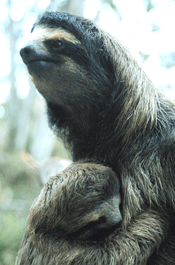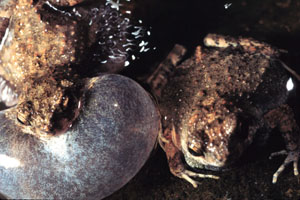
What do animals do? Hibernate, forage, mate, form social groups, compete, communicate, care for their young, and so much more.
How do animals achieve these things? With the tools of their physiology, anatomy, and, in some cases, culture.
Why do animals do what they do? For reasons having to do with their particular ecology and evolutionary history.
In this program, we will be studying animal behavior from both a theoretical and an empirical perspective. Students will be expected to engage some of the
complex and often contradictory scientific predictions and results that have been generated in this field, as well as undertake their own independent,
field-based research projects to be presented to the class at the end of the quarter.

Some of the topics that we will focus on include mating systems, territoriality, female mate choice, competition, communication, parental care, plant/animal
interactions, and convergent evolution.
Interested students should have background in the scientific process, and evolutionary and ecological theory. This upper division science program will
have a large workload, so if you don't have the background, you should consider another program. If you are intent on being in this program, submit an
application to Dr. Heying by March 1, 2007 (see faqs for directions). If you are let in, you should be prepared to do
upper-divison work in the first week of class. Read the following before the first day of class:
- Chapters 1, 2, 4, 6, and 7 in Evolutionary Ecology, by Pianka
- Strong Inference, by Platt, 1964 (pdf file)
- Things you should know, a list of important concepts (pdf file)
For consistently high quality work in this program, 16 upper division science credits will be given in behavioral ecology, evolutionary theory, zoology, and statistics.
